As the second citadel located inside Hue Citadel , Hue Citadel , or Hue Imperial Citadel , is the place to keep important vestiges in the protection of palaces, temples and Tu Cam Thanh.
This place is also one of the tourist attractions not to be missed in the trip to dreamy Hue.
The following article provides some information about Hue Citadel , hopefully will be useful for you in your upcoming trip .

Table of Contents
Hue Citadel – Where is Hue Citadel?
Hue Citadel (Hue Imperial Citadel) is located on the banks of the romantic Perfume River, which is one of the relics belonging to the Complex of Hue Monuments from the Nguyen Dynasty.
Address: 23/8 Street, Thuan Hoa Ward, Hue City, Thua Thien Hue Province. Google Maps
It borders on Tran Hung Dao and Le Duan streets to the south, Tang Bat Ho street to the north, Le Duan street to the west and Xuan 68 street to the east.

Guide to move to Hue Citadel
Located right in the heart of Hue city, moving to Hue Citadel is relatively easy. You can choose to travel by private means or public transport such as cyclo, taxi, motorbike taxi.
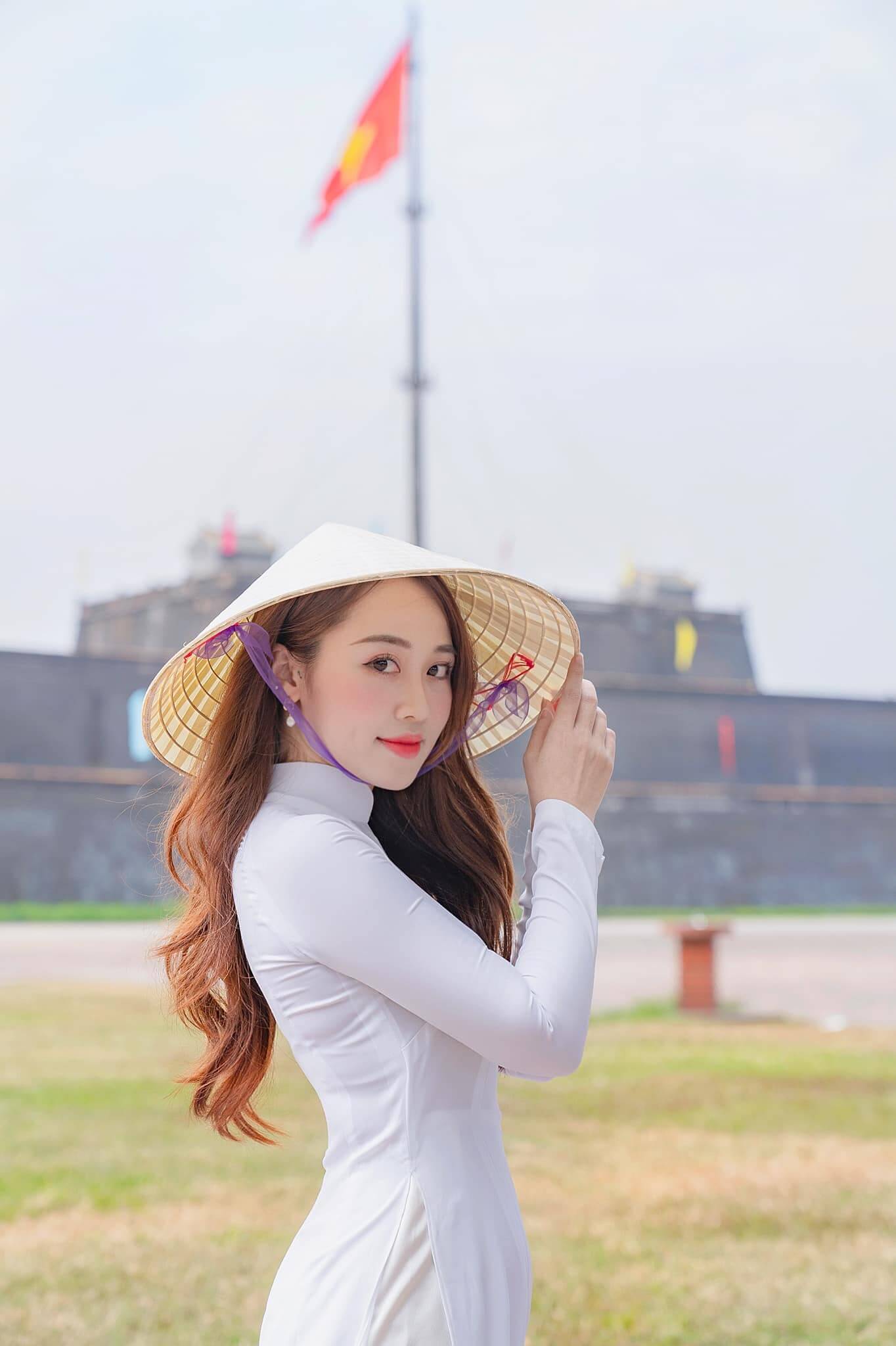
Introduction to Hue Citadel – History of formation
In 1803, King Gia Long ascended the throne and chose this land as the capital of the Nguyen court.
After 30 years of construction, the whole project of the new capital was officially completed.
The Imperial Citadel of Hue is a cluster of relics including the Imperial Citadel (where the king established the court and worked) and the Forbidden City (where the king and the royal family lived). The Imperial Citadel includes Ngo Mon Gate and Thai Hoa Palace. The Forbidden City is an area reserved for the king and the royal family, including Dai Cung Mon, Ta Vu and Huu Vu, Can Chanh Palace, Thai Binh Lau, Dien Tho Palace, etc.
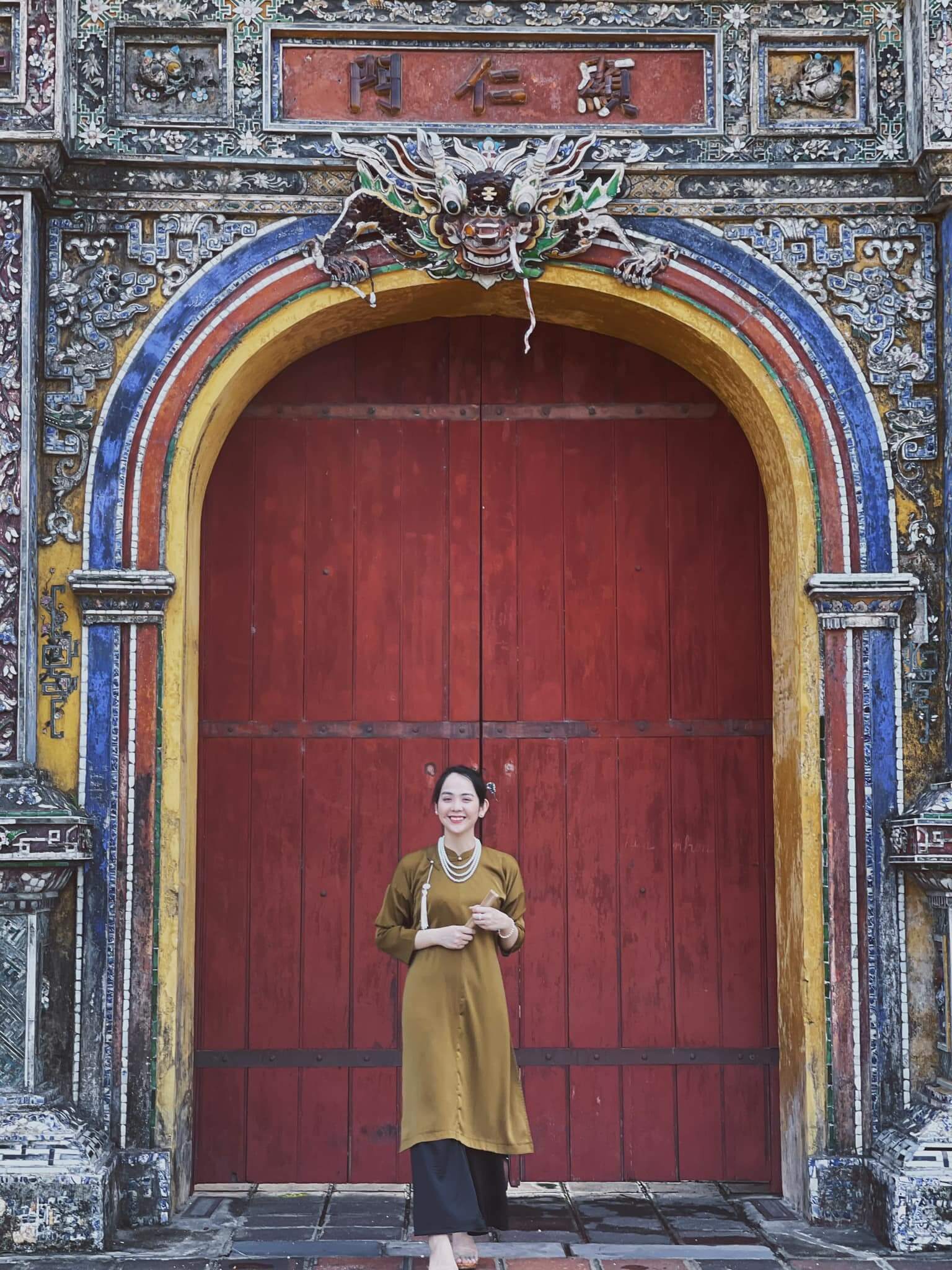
Discover the unique architecture of the Imperial Citadel of Hue
Not only is the place marked with the nation’s history, Hue Citadel is also famous for its proud architectural beauty. The Citadel was built in the style of Hue royal architecture, each line and decoration method exudes a solemn and sophisticated look.
Relics inside the Imperial Citadel of the Imperial Citadel of Hue
Ngo Mon Gate – Hue Citadel
In Hue Citadel, there are 4 gates, of which Ngo Mon Gate is the main gate, located in the south, overlooking the Perfume River.
At Ngo Mon Gate, there are 5 gates, in which, the main door is for the king to go, two gates next to the main door are for Van and Vo mandarins. The two outermost gates are for soldiers and horses to follow. However, Ngo Mon Gate is rarely used, only opening when there are special occasions or important ceremonies.
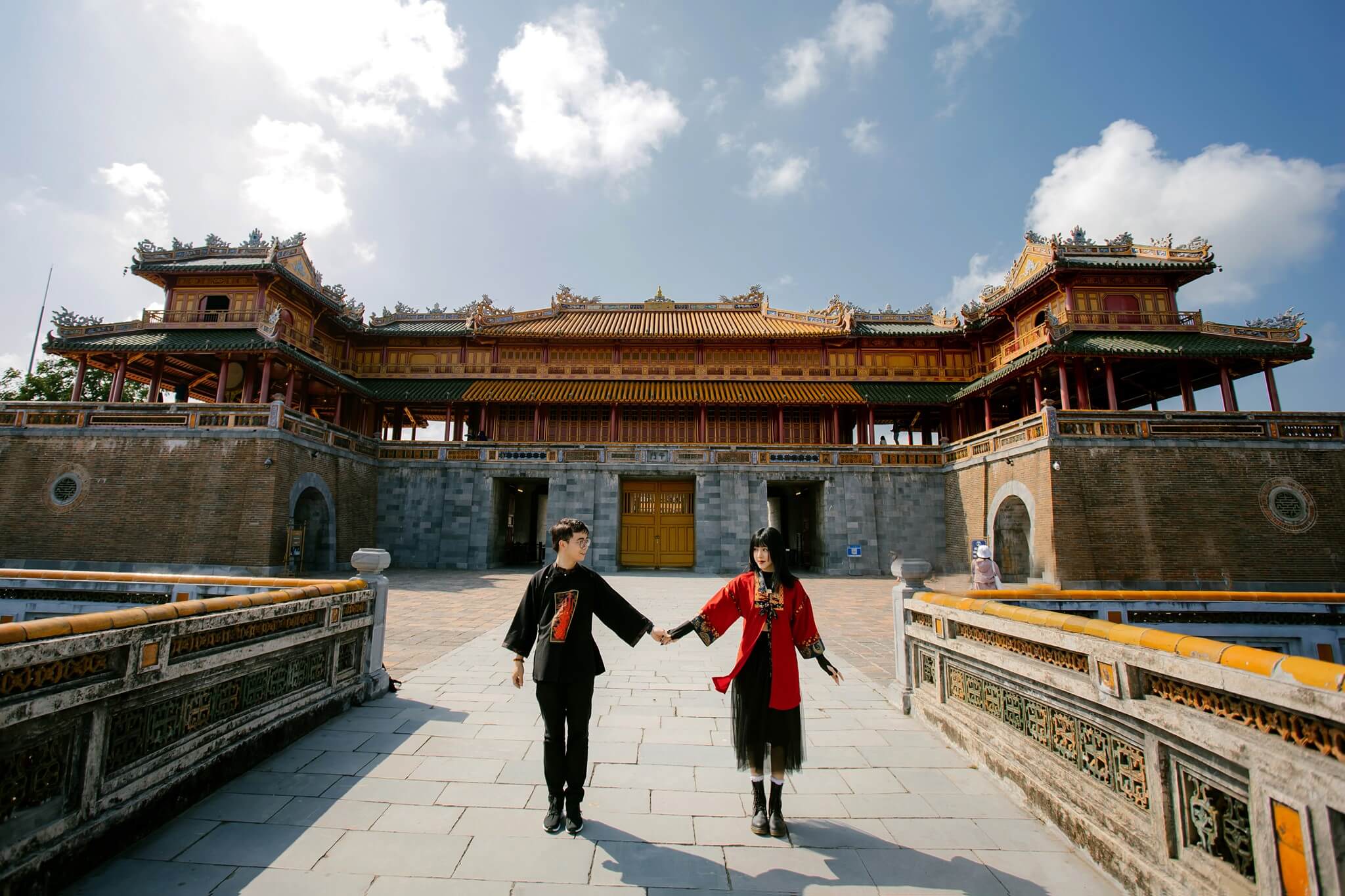
Thai Hoa Palace – Hue Citadel
Along with Dai Trieu Nghi Courtyard, Thai Hoa Palace was the place to hold important court sessions. The inside of the main hall is the place where the king’s throne is located, in the position of three wooden pedestals. Everything here is gilded, very luxurious and eye-catching.
This place is considered to be the most typical for Hue royal architectural art, “dual house”, meaning house connecting house, roof connecting roof. Construction materials are mainly ironwood, electric roofs, electric poles, walls… are all sculpted in the shape of a dragon bending a pig.
Relics inside the Forbidden City in the Citadel – Hue Citadel
Dai Cung Mon – Hue Citadel
Dai Cung Mon also includes 5 compartments with 3 doors, the back side has a corridor, connecting with Ta Vu and Huu Vu.
However, this work has now been destroyed during the war and is being researched and restored by the Hue Monuments Conservation Center.
Ta Vu and Huu Vu
As two buildings, left Vu and Huu Vu are located directly opposite Can Chanh Palace, respectively for Quan Van and Quan Vo to prepare rituals before the court meeting.
Can Chanh Palace – Hue Citadel
Lying in line with Thai Hoa Palace in the north-south direction, Can Chanh Palace was the place for the king to set up the court. This electricity is considered to be the largest and most beautiful wood-structured electricity.
Thai Binh Lau – Hue Citadel
Located on the northeast side of Dai Noi Hue, Thai Binh Lau is the place where the king rested, relaxed, read books, drank tea.
This area consists of two interconnected parts, Tien Doanh and Post-Job. The decorations inside Thai Binh Lau are of great value to Vietnamese fine arts with impressive porcelain mosaic patterns.

Dien Tho Palace – Hue Citadel
Located in the west of the Forbidden City, Dien Tho Palace is the residence of the empress and the empress dowagers. This is also considered as the largest remaining palace architecture in Hue ancient capital.
Possessing an area of up to 17,500m2, Dien Tho Palace is the connection of many small projects such as Tho Ninh Palace, Dien Tho Chinh Palace, Tinh Minh Floor… by covered corridors.
Although since the fall of the Nguyen Dynasty in 1945, although other works were destroyed, the entire area of Dien Tho Palace is still almost intact.
Hue tourist map – mausoleums
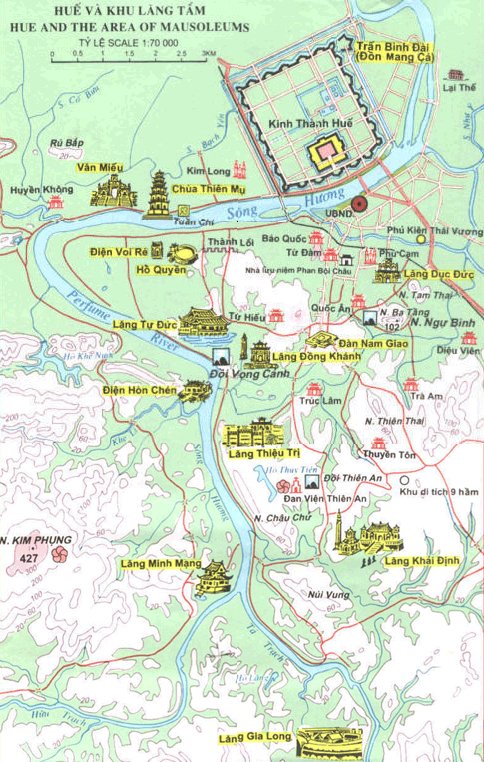
Map of Hue Citadel and main attractions

How many gates does Hue Citadel have?
Hue Citadel has 13 gates in all. In which, 10 city gates will open to the outside, 1 inner city gate, 2 waterway gates.
|
Southeast Gate (Thuong Tu Gate) |
The gate of the citadel is located on the east corner of the Southeast Kinh Thanh. The arch was built in 1809, the gazebo was built in 1829. The Nguyen court established the Thuong Tu Institute to take care of the king’s horses here where the city gate is called Thuong Tu Gate. |
|
The Nhon Door (Present Door) |
The gate of the citadel is located in the south, to the left of Ky Dai of the Citadel. The arch was built in 1809, the gazebo was built in 1829. The first name was The Nguyen, then King Minh Mang changed it to The Nhon. Folk called the Gate because people were stopped here when the king or concubine went to Phu Van Lau or Luong Ta’s house to cool off and bathe in the river. The door placed 4 cannons called Ta Dai General. |
|
Quang Duc Gate (Sap Gate) |
The gate is located on the south side of the citadel. The name is named after Quang Duc palace. The arch of the city gate was built in 1809, the gazebo was built in 1829. During the flood in 1953, both the arch and the gazebo collapsed completely, so the people called it Sap Gate. The door was restored in 1988 after being heavily damaged by the war in 1968. The door placed 5 cannons called Huu Dai General. |
|
Chanh Nam Gate (Door House) |
The gate is also located on the south side of the citadel. People often call it Nha Do door because outside the door there is Thuong Ty (Do Gia) department, which translates to Nha Do. The arch was built in 1809, the gazebo was built in 1829. The door collapsed in 1953 due to flood, only to be restored later. |
|
Southwest Gate (Huu Gate) |
The gate is located in the southwest of the citadel. The arch was built in 1809, the hope was built in 1829. In 1885, King Ham Nghi went to the war zone outside Quang Tri from this door. During the war, the gate was broken down and was later rebuilt. |
|
Main West Gate |
The gate is located in the west of the citadel, on Thai Phien Street. The arch was built in 1809, the gazebo was built in 1829. This was the place of fierce fighting during the war in 1968, so it was heavily damaged. Later, the door was restored. |
|
Northwest Gate (An Hoa Gate) |
The gate is located in the northwest corner of the citadel connecting Tang Bat Ho and Nguyen Trai streets. The arch was built in 1809, the gazebo was built in 1831. Folk people call it An Hoa gate because in front of the citadel is the village and An Hoa market. |
|
North Gate (Back door) |
The gate is located at the back of the citadel, so it is called the Hau gate. The arch was built in 1809, the gazebo was built in 1831. After the war, the door was heavily damaged and was closed for 120 years. In 2004 the door was opened after repair work. |
|
Northeast Gate (Ke Trai Gate) |
The gate is located in the northeast corner of the citadel, located on the banks of the Dong Ba River. The arch was built in 1809, the gazebo was built in 1824 and is one of the two earliest gazebos built. Indigenous people call it Ke Trai gate because there used to be a Ke Trai village in front of the city gate. |
|
Chanh Dong Gate (Dong Ba Gate) |
The gate is on the east side. People also call it Dong Ba gate because there is Dong Hoa fortress from Gia Long period. The arch was built in 1809, the gazebo was built in 1824. In 1885, the war between the French and the Imperial army led by Ton That Thuyet took place fiercely here. The gate collapsed on the gazebo and damaged the arch after the war in 1968. |
|
Binh Mon Town |
This door does not open to the outside but leads to Tran Binh fortress – the defensive fortress of the citadel, connecting the two fortresses of Dong Binh and Bac Dinh together. |
|
Western city water gate |
The estuary leading from the Ke Van River to the Ngu Ha River takes on the task of draining the inner city, is the waterway for boats to carry goods to trade. The gate was built in 1826 under the reign of King Minh Mang. |
|
Dong Thanh Thuy Quan |
This is the gate leading water from Ngu Ha to Dong Ba River. The gate was built in 1830 under the reign of King Minh Mang. |
Fascinating experience in Hue Citadel
Visiting Hue Imperial Citadel, do not miss the following fascinating experiences to make the trip more impressive:
Admire all the monumental works of Hue Citadel
Highly appreciated in terms of architecture, history and culture, the Hue Citadel in particular and the cluster of monuments typical for the works of the Nguyen Dynasty when arranged in a harmonious and aesthetic way is still not far away. leave the original.
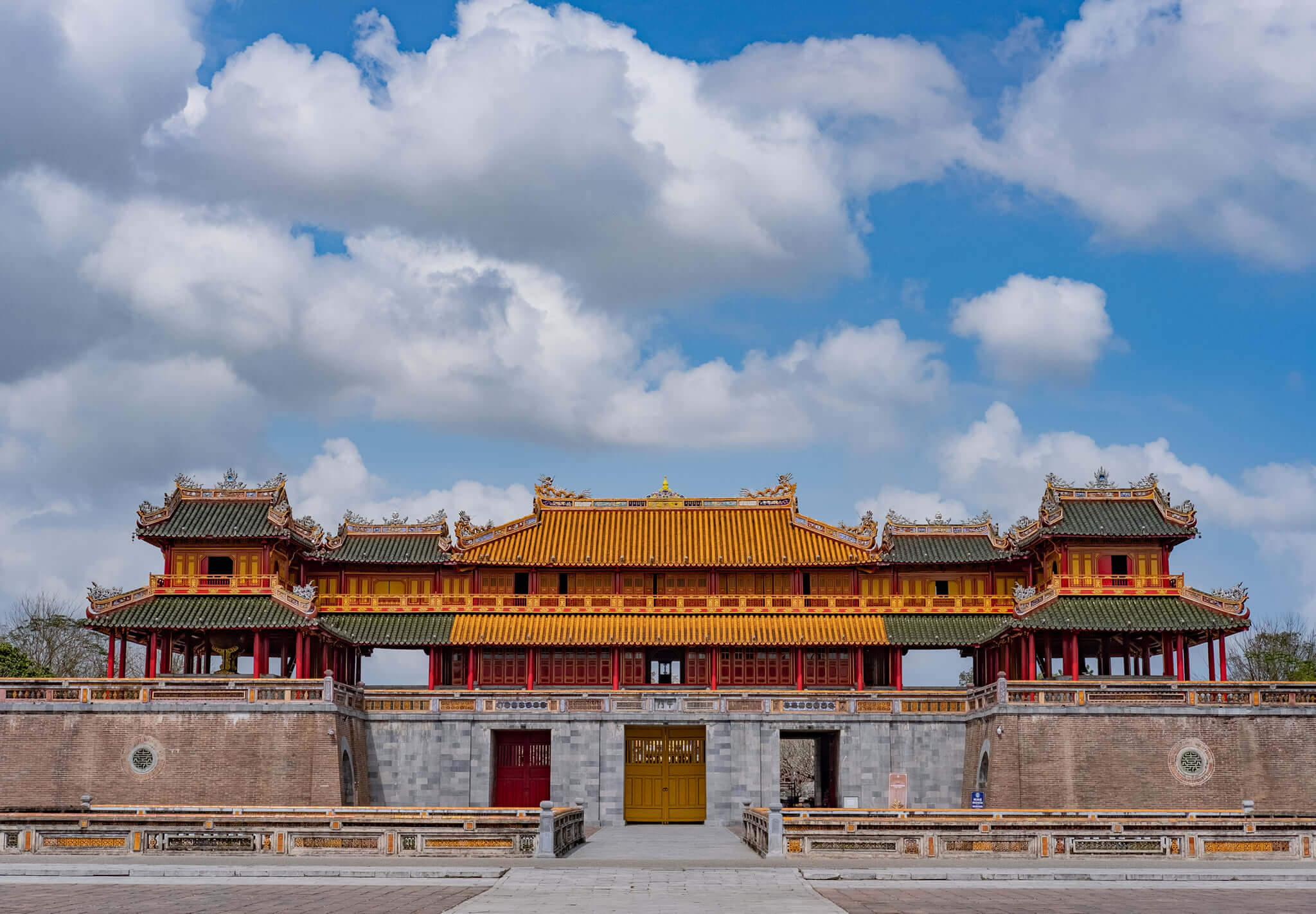
Festival atmosphere of Hue Festival
Held every two years, taking place from April to June every year, the Festival is a large-scale cultural event, held to commemorate the traditional values of the ancient capital of Hue.
At Hue Festival every year, many special programs will take place such as the Royal Night, Nam Giao sacrifice ceremony, Truyen Lo ceremony and honor to worship ancestors, sea festival, Ao Dai festival, kite flying, poetry recitation… island tourists visit.
Hue Royal Night
Taking place every Saturday, the Royal Palace Night is an art program within the framework of Hue Festival, with the aim of recreating the beauty of the Citadel at night.
Ticket price to visit the Citadel – Hue Citadel
- Ticket price for adults: 120,000 VND/person.
- Ticket price for children: 30,000 VND/person.
- Ticket price for foreign guests: 150,000 VND/person.
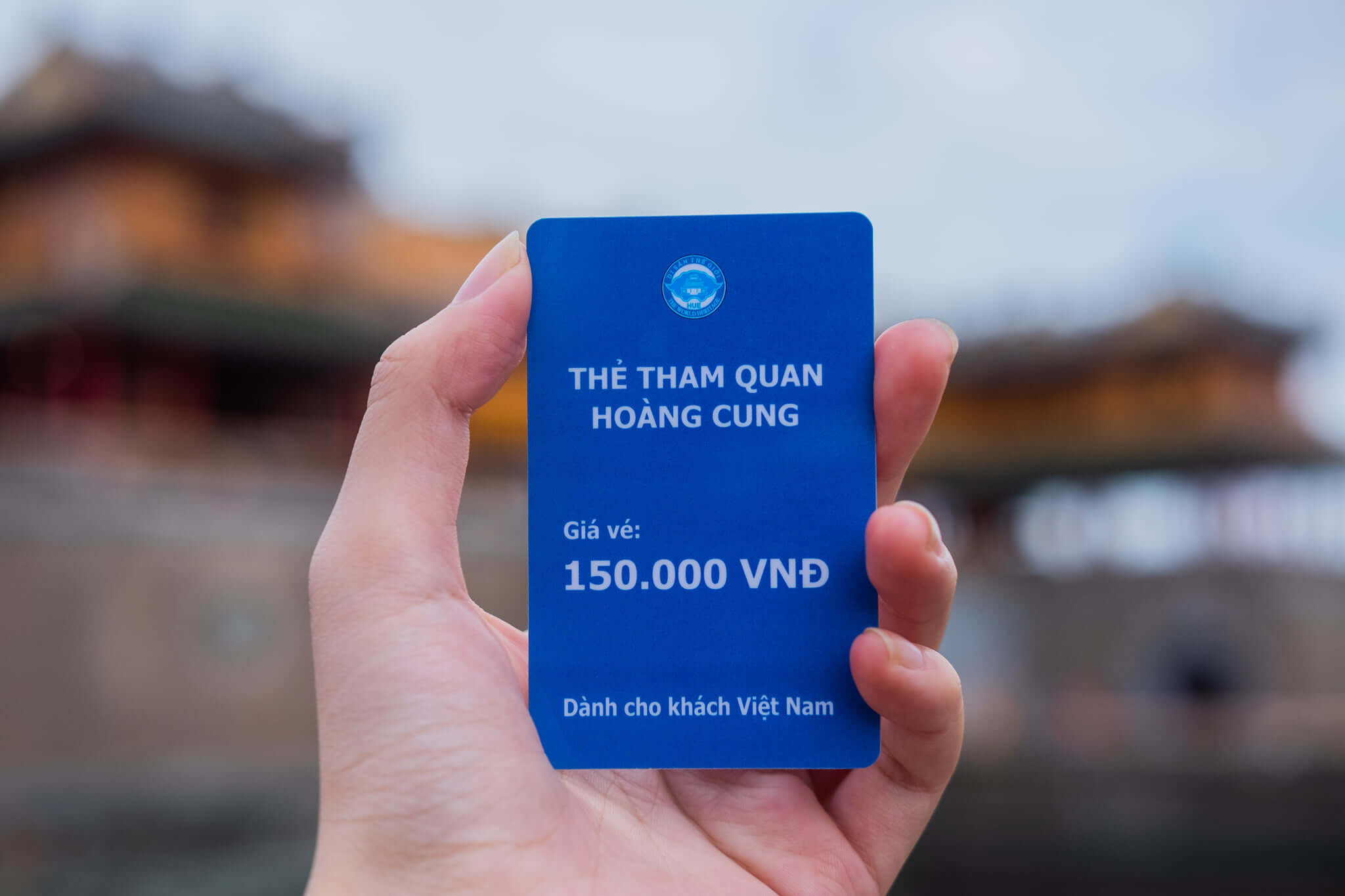
Opening hours of Hue Citadel
Opening hours to visit Hue Citadel are as follows:
- Opening hours in the summer: 6:30 – 17:30.
- Opening hours in winter: 7:00 am – 5:00 pm.
Travel experience in Hue Citadel
Tour Experience In Hue Citdel: Hue City Tour
To Hue Citadel, visitors note the following issues to make the trip more convenient:
- Prepare yourself with comfortable clothes, easy walking shoes and drinking water
- Do not step on or touch objects around without permission.
- Walk softly, speak quietly and do not make noise in the mausoleum.
- Absolutely do not litter indiscriminately affecting the landscape of the monument.

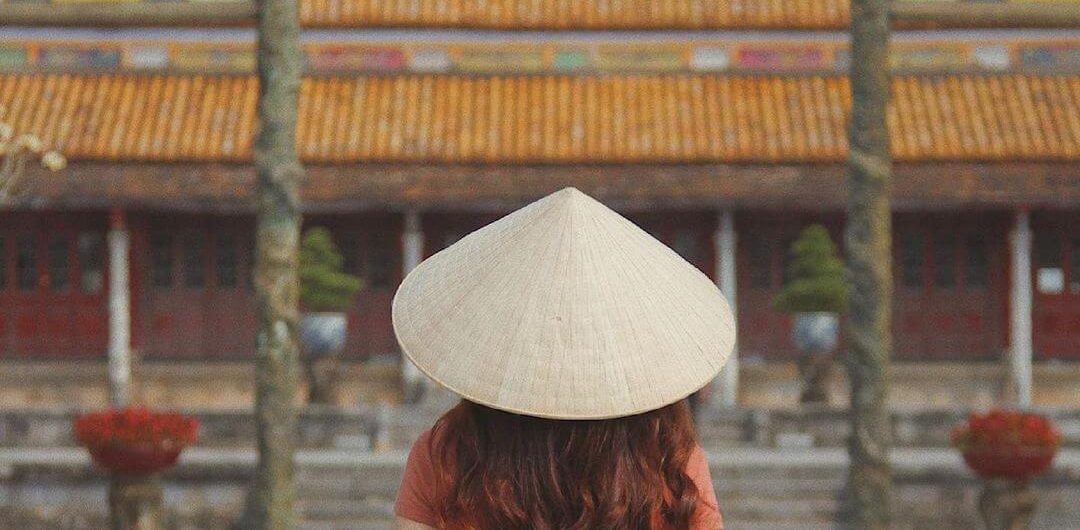
Comments